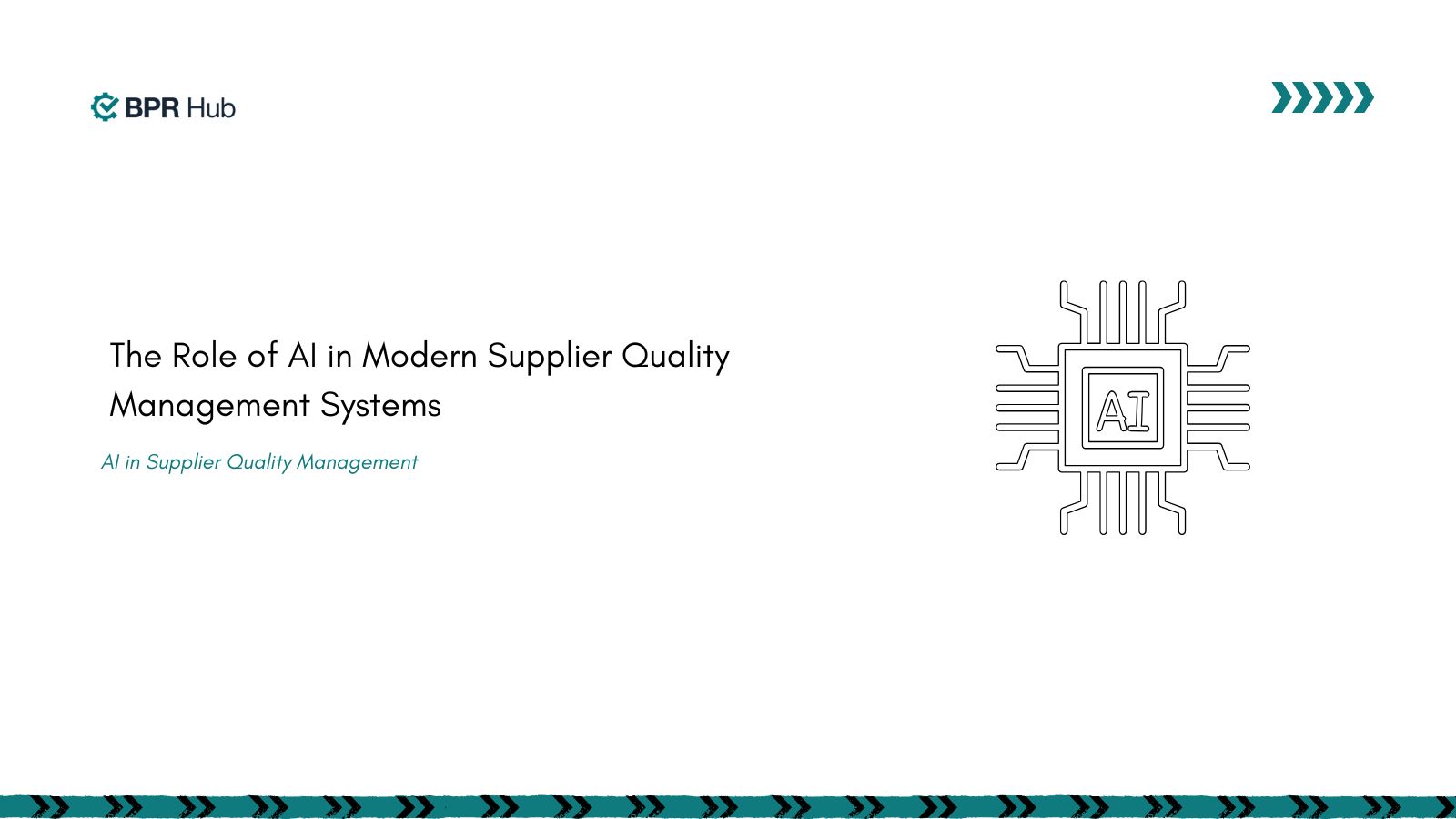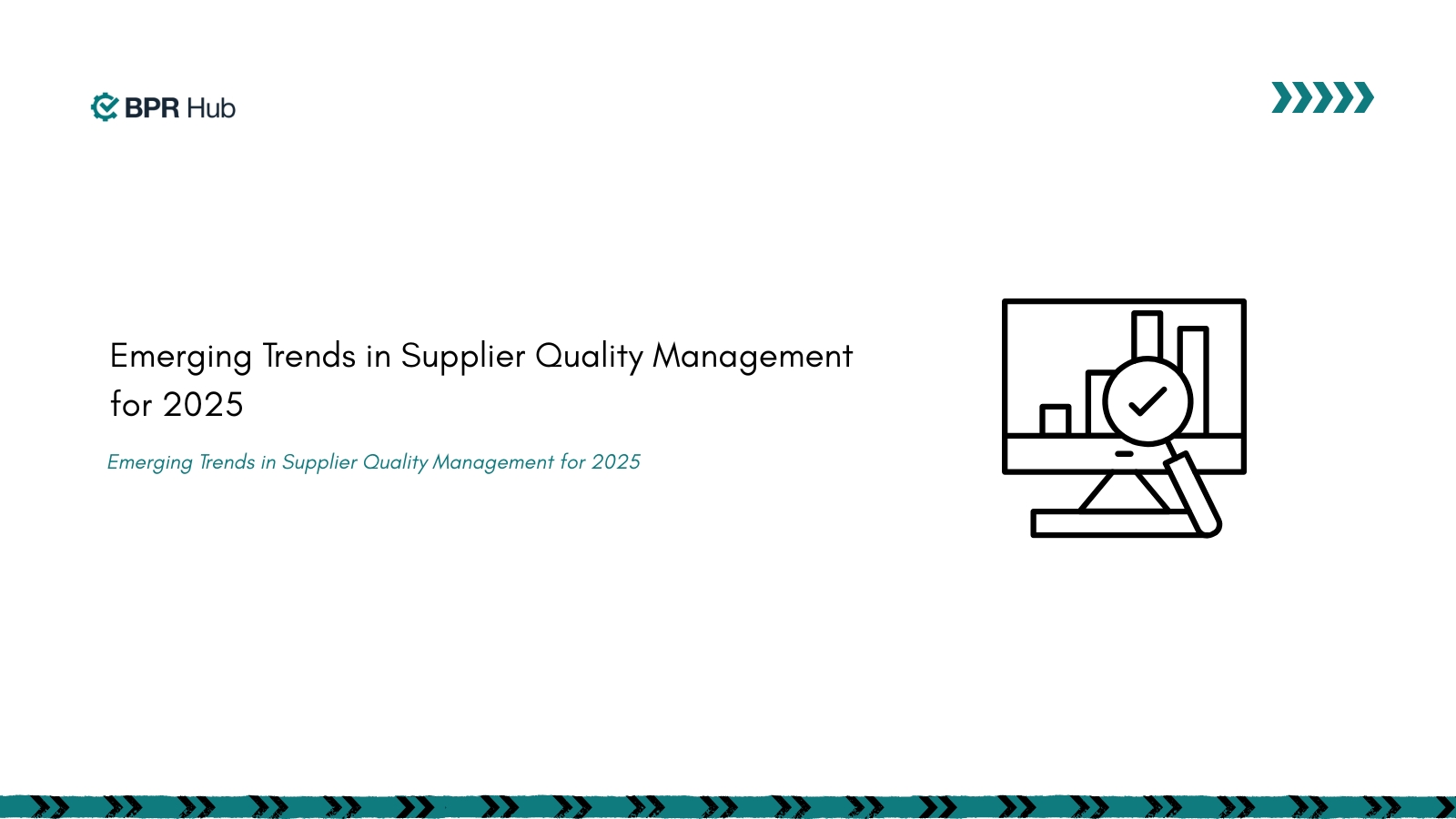Have you ever thought about how manufacturers ensure their products meet customer needs and follow strict regulations? The ISO 9001 design and development checklist holds the answer. The answer lies in Clause 8.3 of ISO 9001, “Design and Development of Products and Services.” This essential component of the ISO 9001 standard outlines a meticulous framework for managing design and development activities.
Clause 8.3 helps manufacturers keep their processes simple, consistent, and effective by focusing on clear documentation and compliance. Whether you’re addressing customer requirements or aligning with industry benchmarks, Clause 8.3 is the cornerstone for achieving consistent quality and innovation. Now that you know the basics, let's dive deeper into the key components of Clause 8.3 and understand why they are crucial.
Breaking Down Clause 8.3: What It Covers and Why It Matters
Clause 8.3 provides a clear way to manage design and development so your products meet customer needs and follow the rules. The main stages include:
- Planning: Defining the design process, and responsibilities, and identifying potential risks and opportunities.
- Inputs: Collect requirements such as functional needs, performance criteria, and legal standards.
- Outputs: Developing deliverables like specifications, ensuring alignment with initial inputs and objectives.
Clause 8.3 of ISO 9001 is not just a guideline—it’s a practical framework supported by the ISO 9001 design and development checklist for achieving excellence. By focusing on planning, inputs, outputs, controls, and change management, organizations can deliver products and services that exceed customer expectations and comply with regulatory demands. With a clear understanding of what Clause 8.3 entails, the next step is mastering the planning process to ensure success.
Planning the Blueprint for Design Success
How can you turn an idea into a product or service that meets customer needs and follows the rules? The answer lies in thorough planning. This stage forms the backbone of Clause 8.3, ensuring that every step of the design and development process is intentional, efficient, and aligned with your goals.
- Why Thorough Planning Makes All the Difference
Thorough planning ensures design and development align with organizational goals and compliance requirements. A detailed plan anticipates potential challenges, optimizes resource allocation, and sets clear milestones.
- Mapping Out Stages, Controls, and Resources Effectively
Break down the process into clear stages, define control measures, and allocate personnel, technology, and financial resources. This structured approach reduces inefficiencies and maintains focus on objectives.
Thorough design and development planning is the key to creating high-quality products and services. By focusing on systematic processes and addressing each stage diligently, organizations can ensure compliance, improve efficiency, and consistently meet customer expectations. Now that you've laid the groundwork, it’s time to dive into the details. The next step is all about gathering the right inputs and validating them to kick-start the design and development process smoothly.
Getting Started With the Right Design Inputs
Every successful design and development process starts with the right inputs, as highlighted in the ISO 9001 design and development checklist. These inputs form the foundation for creating products and services that meet customer needs, comply with regulations, and align with organizational objectives. If inputs aren’t clear and checked, it can lead to mistakes and wasted effort.
1. Capturing and Documenting Inputs Accurately
A robust design and development process starts with capturing and documenting all necessary inputs, including:
- Customer Needs: Understanding expectations and specific requirements.
- Regulatory Standards: Ensuring alignment with legal and industry regulations.
- Industry Benchmarks: Leveraging best practices and insights from previous projects.
Properly documented and verified inputs provide clarity, prevent ambiguities, and set a strong foundation for a successful design process.
2. Resolving Input Discrepancies Before Moving Forward
Proactively address any inconsistencies or gaps in input documentation. This includes:
- Identifying Discrepancies: Regularly reviewing inputs to catch conflicting or incomplete data.
- Collaborative Resolution: Engaging relevant stakeholders to resolve issues promptly.
- Validation: Ensuring inputs meet the required standards before proceeding.
Resolving discrepancies early helps prevent costly errors and ensures a smooth, efficient process. The ISO 9001 design and development checklist guides organizations in addressing every stage with care, reducing risks, enhancing efficiency, and ensuring compliance. By mastering these steps, businesses can meet customer demands and remain competitive. With inputs in place, let’s explore how to establish effective controls to keep the process on track.
Staying on Track: Controls in Design and Development
Before diving into the controls themselves, it’s crucial to understand their importance. Controls ensure that the design and development process stays on track, aligns with organizational goals, and meets both regulatory and customer requirements. By implementing robust controls, organizations can mitigate risks, validate quality, and ensure that the final outputs are both practical and compliant.
1. How to Implement Effective Controls
Robust controls are crucial for maintaining quality and ensuring your design and development processes stay aligned with organizational and regulatory standards. Considering that non-compliance costs businesses an average of over $15 million annually, implementing structured reviews, verification, and validation can help safeguard your organization from these significant setbacks. Key controls include:
- Design Reviews: Conduct regular assessments to monitor progress, identify potential risks, and ensure alignment with initial objectives.
- Verification: Confirm that design outputs strictly adhere to the specified requirements and standards.
- Validation: Test final outputs to ensure they meet intended purposes and function as expected in real-world applications.
2. Ensuring Your Designs Are Fit for Purpose
To guarantee practicality and compliance, employ effective validation tools and methods such as:
- Simulations: Test designs under simulated conditions to identify potential weaknesses.
- Prototyping: Develop physical or digital prototypes to evaluate functionality and performance.
- Stakeholder Feedback: Engage relevant parties to gather insights and address concerns early in the process.
These steps ensure your outputs comply with regulations and satisfy customers. Effective controls are essential for maintaining quality, consistency, and compliance. Through structured reviews, verification, and validation, organizations can meet regulatory standards while exceeding expectations. With controls in place, it’s time to turn your plans into actionable outputs that deliver results.
Turning Plans into Reality: Design and Development Outputs
Design and development outputs are the tangible results of the entire process, transforming well-defined inputs into actionable deliverables. These outputs must not only meet the documented input requirements but also support seamless integration into subsequent production or quality assurance workflows. Ensuring alignment between inputs and outputs minimizes errors, enhances efficiency, and facilitates consistent compliance with standards.
1. Crafting Precise and Actionable Outputs
Transform the design and development process into actionable results by creating detailed deliverables such as:
- Prototypes and Models: Provide tangible representations to test and refine concepts.
- Technical Drawings and Specifications: Offer precise blueprints for production and assembly.
- Bills of Materials (BOM): Detail all necessary components and quantities for manufacturing.
These outputs should be clearly defined, practical, and ready to support a seamless transition into production and quality assurance processes.
2. Ensuring Outputs Align Seamlessly with Inputs
Ensure outputs are meticulously reviewed against the initial inputs to maintain consistency and accuracy. Key steps include:
- Verification: Cross-check outputs to confirm they align with documented inputs and objectives.
- Adjustment: Address any gaps or inconsistencies promptly to avoid downstream disruptions.
- Validation: Confirm that outputs meet quality and regulatory standards before advancing to subsequent stages.
This thorough alignment minimizes nonconformities, streamlines workflows, and ensures a smoother production process. Design and development outputs are where concepts become reality. By ensuring these outputs are precise, actionable, and aligned with initial inputs, organizations can seamlessly transition to production while maintaining quality and compliance.
Let’s bring your ideas to life! With BPRHub, you can create outputs that not only meet requirements but also drive real results. Get in touch today!
With your outputs finalized, the next step is understanding how to effectively manage changes that arise during design and development to stay on track and aligned with your goals.
Managing Design and Development Changes With Confidence
Changes are inevitable in design and development, but the ISO 9001 design and development checklist helps manage them efficiently. A Prosci study shows organizations with strong change management are 7x more likely to meet project goals, emphasizing the importance of a clear plan to stay on track and reduce risks.
1. Creating a Robust Change Documentation Process
A structured change management process ensures accountability and transparency. Key steps include:
- Documenting the Change Request: Clearly outline the nature, purpose, and scope of the proposed change.
- Securing Approvals: Obtain authorization from relevant stakeholders to validate the necessity and feasibility of the change.
- Effective Communication: Notify all impacted teams and stakeholders to ensure smooth implementation and alignment.
2. Evaluating the Impact of Proposed Changes
Assessing the impacts of proposed changes is critical to maintaining project integrity. This involves:
- Compliance Review: Ensure the change aligns with regulatory requirements and organizational policies.
- Cost Analysis: Evaluate the financial implications to avoid budget overruns.
- Timeline Assessment: Determine how the change will affect deadlines and overall project timelines.
- Risk Mitigation: Identify potential risks and develop strategies to address them before implementing the change.
These measures ensure changes are carefully managed, minimizing disruptions while maintaining quality and compliance. Now, let’s see how BPRHub can make navigating Clause 8.3 and the ISO 9001 design and development checklist simpler for your organization. The meticulous review of outputs against input requirements is critical for minimizing errors and setting the stage for operational success. As outputs come to life, managing changes effectively ensures your project stays aligned with its goals.
Why BPRHub is Your Best Ally for Compliance
Navigating the complexities of ISO 9001 compliance, particularly Clause 8.3, requires robust tools. BPRHub simplifies this process by offering:
- Automated Workflows: Streamline design and development tasks with customized workflows.
- Real-Time Analytics: Access insights to monitor compliance and drive informed decision-making.
- ISO 9001 Documentation Support: Leverage pre-designed templates to reduce documentation time and effort.
With BPRHub, you can optimize your compliance processes, minimize risks, and focus on innovation. Effective change management in design and development ensures that your organization can adapt swiftly and strategically. By embracing a structured approach, you not only maintain compliance but also safeguard the integrity of your projects.
ISO 9001 compliance doesn’t have to be complicated. BPRHub provides the tools and guidance you need to streamline the process and achieve your goals with ease. Start today and experience compliance made simple and effective!
FAQ’s
1. What is the primary objective of Clause 8.3 in ISO 9001?
The goal is to establish a structured approach to design and development, ensuring high-quality products and services that meet regulatory and customer needs.
2. Is Clause 8.3 applicable to all manufacturing companies?
Yes, any organization involved in product or service design must comply with Clause 8.3 requirements as part of ISO 9001.
3. What are the common challenges in implementing Clause 8.3?
Challenges include insufficient documentation, unclear roles and responsibilities, and gaps in verification and validation processes.
4. How does Clause 8.3 support risk management?
It identifies risks during the design phase, reducing errors, improving efficiency, and minimizing costly rework.
5. How can BPRHub assist with ISO 9001 compliance?
BPRHub provides tools for automation, analytics, and documentation, helping companies efficiently meet ISO 9001 standards.
Get insights that help you minimize risks and maximize profits.
Dive deeper into manufacturing compliance with our free resources.
We get it, compliance can get tough.
Here are some additional resources to help.
We get it, compliance can get tough. Here are some additional resources to help.
Get updates in your inbox

.svg)
%20(1).svg)


.jpg)


%20(1).svg)

.avif)

